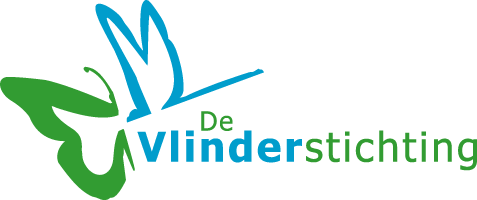| Vestigingsstatus |
Gevestigd |
|
| Zeldzaamheid |
Zeer algemeen |
|
| Invasiviteit |
Invasief |
|
| Invasiviteit (toelichting) |
Very invasive; spreading by growing populations and human factors. Stabilizing. |
|
| Type introductie |
Niet opzettelijk |
|
| Jaar van eerste introductie |
1996 - 1998 |
|
| Jaar van eerste melding |
1999 |
|
| Natuurlijke verspreiding |
Europa |
|
| Verspreiding in Nederland |
Drenthe |
|
Flevoland |
|
Friesland |
|
Gelderland |
|
Groningen |
|
Limburg |
|
Noord-Brabant |
|
Noord-Holland |
|
Overijssel |
|
Utrecht |
|
Zuid-Holland |
|
Zeeland |
|
| Verspreiding in Nederland (toelichting) |
During an inventory in 1999 it was clear that the species had colonized many horse-chestnut trees in the provinces of Utrecht, Brabant, Gelderland, Zeeland, Overijssel and Limburg. It might be plausible that the species might have been introduced one or two years earlier. In the next years the species colonized the whole country, including the Wadden islands. Since 2009 populations are more likely to stabilize, in some cases the occupation degree on the host plant seems to be much lower than before. At some localities entire populations dissappeared due to unaccountable reasons. |
|
| Habitats |
Stedelijke gebieden |
|
Verstoorde gebieden |
|
Gemengd conifeer-/loofbos |
|
Gematigd loofbos |
|
| Wijze van introductie |
Vervoersmiddelen |
|
| Impact |
Herbivorie |
|
Concurrentie |
|
Abiotische veranderingen |
|
Sociaal-economisch |
|
| Ecologische impact (toelichting) |
The invasive moth appears to have an ecosystem impact by depressing the abundance of leaf miner communities in the vicinity of infected trees, possibly via shared natural enemies. |
|
| Economische impact (toelichting) |
High economic impact; affecting the host plants by leafmines. |
|

